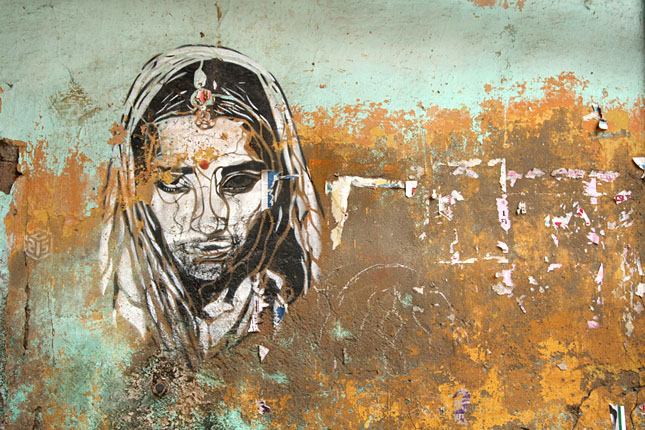-
India’s Young and Restless
March 14, 2016 By Michael Kugelman
When we think about countries on the Indian subcontinent with destabilizing demographics, Pakistan comes to mind immediately. First, it’s a country with a very young population. Almost two thirds of its nearly 200 million people are under 25, and the median age is about 22. Second, this youth cohort is highly susceptible to radicalization. Nearly every terrorist attack in Pakistan since 9/11 has been perpetrated by someone under 30. In recent years, the Wilson Center has focused on Pakistan’s youth demographic challenges in detail. India, however, needs to be included in this conversation as well.
Though not as troubling as in Pakistan, there are very real concerns about youth bulge and unrest in India. “Nowhere can the pressures of the youth bulge be felt as profoundly,” writes Somini Sengupta, a former New York Times bureau chief in New Delhi, for the Sunday Review. She continues:
Every month, some one million young Indians turn 18 – coming of age, looking for work, registering to vote, and making India home to the largest number of young, working-age people anywhere in the world.
Already, the number of Indians between the ages of 15 and 34 – 422 million – is roughly the same as the combined populations of the United States, Canada, and Britain.
Many children struggle to succeed in school. According to Sengupta, half of India’s enrolled fifth graders can neither read from a second-grade textbook, nor subtract. Unsurprisingly, many young Indians also struggle to get jobs.
The frustrations of Indian youth have played out in the news in recent weeks. In the agricultural state of Haryana, young members of the Jat caste staged violent protests to demand caste-based quotas for government jobs. Jats are relatively well-off, but they claim that farming doesn’t support them and that they can’t find good jobs.
Additionally, on the New Delhi campus of the prestigious Jawaharlal Nehru University, students held angry (though peaceful) protests against the policies of Prime Minister Narendra Modi, with officials claiming they called for India to be broken into thousands of pieces.
India is a complicated place, and a country that young people in particular struggle to navigate and find their place in. Sengupta has just published a new book, The End of Karma: Hope and Fury Among India’s Young, which chronicles the challenges of Indian youth today. She provides detailed portraits of several young people – including one young woman who becomes a Maoist rebel, and another who seeks to become a policewoman – and their alternating experiences of exhilaration and frustration.
The Wilson Center’s Asia Program, along with the Environmental Change and Security Program, will be hosting a discussion with Sengupta about her book on the morning of March 17. Details are here.
Sources: Federal Ministry of the Interior (Austria), Federal Office for Immigration and Asylum (Austria), The Financial Express, International Center for Migration Policy Development, The New York Times, Scroll, Sengupta (2016), The Washington Post.
Photo Credit: Street art in Delhi, courtesy of flickr user Meena Kadri.
 A Publication of the Stimson Center.
A Publication of the Stimson Center.



